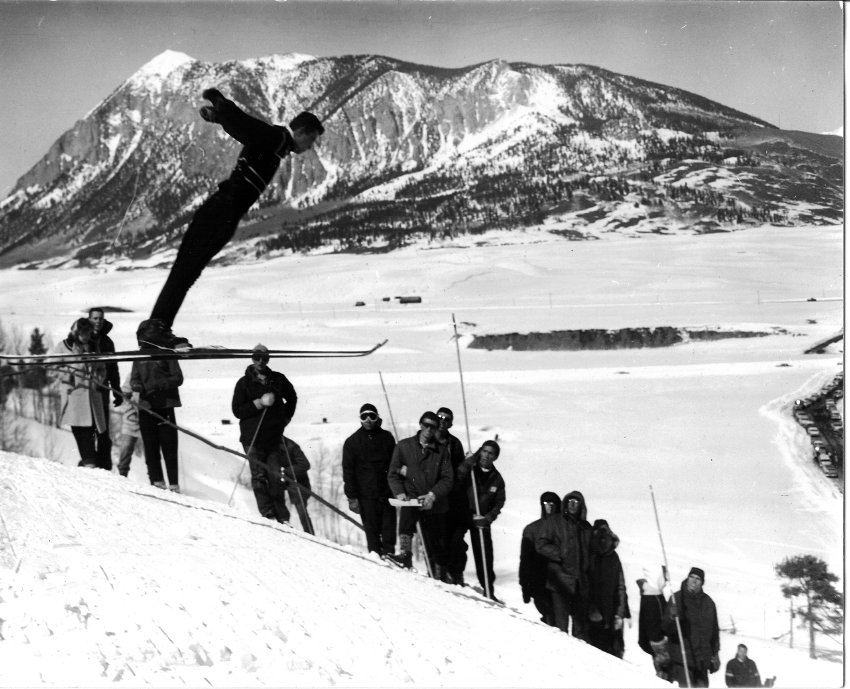As the month of March gets going, we are all reminded of two things. First, the most obvious, are all the visitors who choose this beautiful area to explore with their families. The second most prevalent thought in our heads is the upcoming off season and the closing of the ski area. Flauschink is only a couple of weeks away, at which point we spend some time with George Sibley and Duane Vandenbusche remembering the humble beginnings of the Crested Butte Ski Area, along with celebrating the “Has-Been’s,” while crowning new royalty.
When the community gets together and begins to reminisce, there is this notion of a “quiet” period in the history of this area. Often it gets repeated that only 250 people lived here year round after 1952 when the Big Mine closed, which alludes to the notorious idea that Crested Butte was a ghost town until recently.
Testimonials given by Crested Butte residents from 1952 state that this town would never become the ghost town it is remembered as today. On September 4th, 1952, the Denver Post quoted a Crested Butte resident as saying, “We are not going to become a ghost town but you ought to see this town on a Saturday night – all the ghosts in the country are here.”
Once the Colorado Fuel and Iron Company shut down the Big Mine in town (where the Big Mine Ice Rink is located today), families and workers left to continue work for the company in Pueblo and Trinidad. However, hard rock mining (mining for hard materials such as lead, zinc, copper, and silver) helped to maintain economic stability.
Skiing holds as much a place in Crested Butte economic history as mining. Not only were miners setting up competitions between camps in the 1800’s, but the first ski club was formed by 1886. By 1952, skiing was a major draw to ski teams as well as families from Montrose, Delta, Salida, Grand Junction, and Denver. That year was the last operating season for Pioneer Hill up Cement Creek, which boasted the first motorized chair lift in Colorado. Pershing Hill located up Peanut Road was the local hang out for families. Rozman Hill on Whetstone Mountain was developed by the Gunnison Valley Ski Club in 1950 and ran until 1963, when the ski club moved its operations to Mount Crested Butte.
The snow was good and the natural resources were abundant in 1952. Rudy Verzuh, postmaster at the time, was quoted in the same Denver Post article as stating, “We have tremendous ski development possibilities, our hunting and fishing are good and the general tourist attractions are as good as any place in the state. With a little help, we could become as well-known as Aspen.” The tourist business was becoming a major factor in the Gunnison Valley as people were coming to ski, hunt, and recreate, as many do today.
Recreational tourism is part of Crested Butte Heritage. This is only becoming more true as the number of activities and types continue to multiply. So before you wax nostalgic over the “good ol’ days” and pine for simpler times, remember that Crested Butte has always drawn attention due to the unique outdoor activities and charm that we continue to love and protect today.



